Experimental Animation:
Studies the conceptual and psychological process of drawing and painting, the relationship to dreams, and the transition of temporal and aural media to linear and non-linear exhibition formats. Including film, DVD, HD, website, installation-performance animation, spatial sound, virtual reality and stereoscopic animation.
Link to DADA Special Exhibitions
Character Animation:
The study and analysis of gesture, movement, mime and character in all its forms from narrative storytelling to experimental design and motion capture technology. Character animation focuses on acting, timing, performance and technique using traditional hand drawn, as well as 2D and 3D computer animation.
Visual Effects:
Visual effects are the discreet manipulation of the individual frame with spatial sound to create virtual cinematic worlds that emulate as well as subvert the natural physical environment. Incorporates live action, panoramic photography, motion capture, digital sound and 2D/3D animation.
Link to Visual Effects and visualizing science initiatives below
Motion Graphics:
The exploration of typography, moving images and sound for feature film, television, interactive media, documentary and visual music.
Link to Random DADA
Documentary Animation:
Utilizing the power of animation and digital media to convey the human experience animation documentary has become an important area of research and development in our multi-cultural and international program. Students work with Professors on campus and internationally through Fulbright scholarships to document real events and social awareness.
Link to documentary animation initiatives
Visualizing Science:
Research and development of new visualizing techniques and pedagogical approaches to explore science and art through animation and digital media. Students work in collaboration with scientists on campus and at the Wrigley Institute for Environmental Studies.
Link to visualizing science initiatives
Animating Sound:
Using sound to color and texture a space as well as tell a story, it is the fundamental backbone to all the research that takes place in DADA. The most emotional sensory perception we explore sound as "a fast moving air" [1] that unfolds in time.
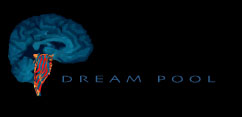
Dreamwaves:
Labyrinth and Contemporary Topics in Animation
Collaboration
Since March of 2003, this interactive flash website has been an outlet for student films about dreams. Marsha Kinder and Kathy Smith oversaw five years of students who contributed to this sites work. The fifth year of Hench Dada student work was never pulled into the final design of the website, but may be seen here.
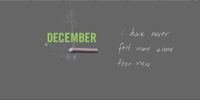

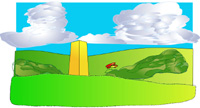
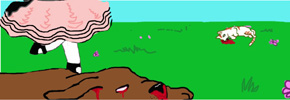
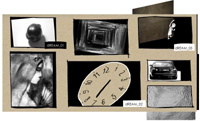
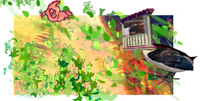



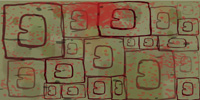
Contemporary Topics in animation (CTAN 524) Environment Spaces
The environment - dream spaces exhibited on this site are created as part of
Contemporary Topics in Animation. The concept for this class is to
develop your own dream world or psychological gallery space using the
variety of topics explored in the syllabus as inspiration.
These topics range from the evolution of the brain, the development of
art, technology, science, and culture. We analyze the desire for artistic
expression and examine how universal symbols; landscape, human and
animal imagery arise from the evolutionary history of the mind and
form part of out collective unconsciout.
Each topic allows the student to work creatively with different techniques,
themes, and concepts. These themes are then encapsulated on a two-
dimensional postcard format and in a one minute sound postcard that
later becomes the source images for the three dimensional environment
in Maya. The sound in all of these works is performed and created by
the artist.
The works currently exhibited in this site represent CTAN 524 from
1999 to the present. Special thanks to our sponsors Alias Wavefront,
Kodak, Intel, John Hench, Nickelodeon Fotokem, and Marcia Lucas.
Works created by students from the Hench Division of Animation & Digital Arts,
School of Cinematic arts, USC 1999- 2003.
Brain neuron space design and animation by Shish Aikat and Adriana
Jaroszewicz
Programming by Steve Anderson
CTAN 524 concept and Gallery curated by Kathy Smith
Sources:
1. Worby, Robert "The Sparks that Dreams are made from" Gramophone Explorations 1998